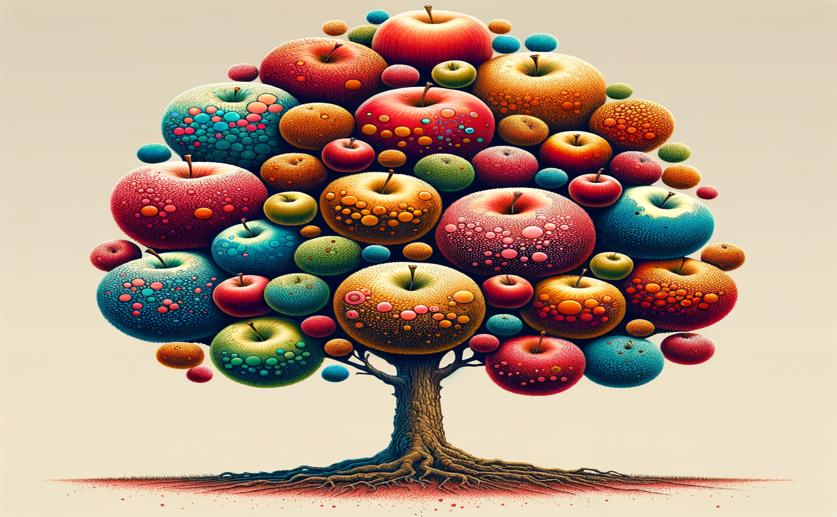
Diversity of Yeast Types Found on Apples
Greg Howard
30th March, 2024

Image Source: Natural Science News, 2024
Key Findings
- At the University of Tartu, a study found 33 different yeast species on apple skins
- Most yeasts belonged to the Basidiomycota phylum, with Vishniacozyma, Filobasidium, and Rhodotorula being common
- Some yeasts may be new species, showing the dynamic and diverse nature of apple yeast communities
References
Main Study
1) Richness of yeast community associated with apple fruits in Estonia.
Published 30th March, 2024
https://doi.org/10.1016/j.heliyon.2024.e27885
Related Studies
2) Yeasts Associated with Various Amazonian Native Fruits.
3) Yeast interactions and wine flavour.
Journal: International journal of food microbiology, Issue: Vol 86, Issue 1-2, Sep 2003
4) Succession of Fungal Communities at Different Developmental Stages of Cabernet Sauvignon Grapes From an Organic Vineyard in Xinjiang.
5) The domestication and evolutionary ecology of apples.



 13th March, 2024 | Jenn Hoskins
13th March, 2024 | Jenn Hoskins